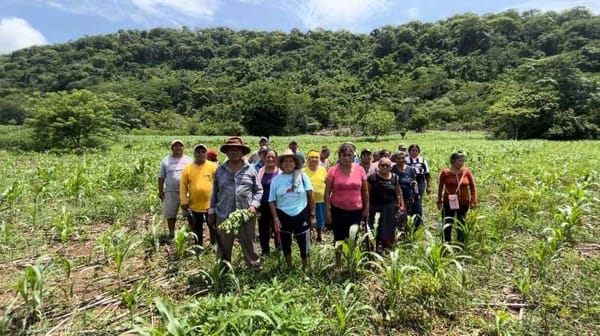92 percent of UN countries use some form of social networking
A social network is used by 92 percent of UN countries. 64 percent use chats, blogs, and instant messaging applications to capture public opinion.

E-government seeks to provide better services, efficiency, transparency, and accountability; one of its central points is the fight against corruption, said Eugenio Arguelles Toache, Conacyt postdoctoral fellow at UNAM's Institute of Social Research (IIS).
It is about the use, development, and implementation of information technologies in the public sector, to make organizational processes more efficient, promote and improve public services, as well as generate more competent mechanisms for democratic participation.
According to the State Digital Governance Index, in Mexico, the most advanced entities are the State of Mexico, Mexico City, Hidalgo, and Guanajuato: however, direct, effective citizen collaboration is scarce. Social networks are used as feedback, for informative purposes, but not for citizens to express their opinion and intervene in decision-making, which is an area in which there is much room for improvement.
Participating in the Seminar of Interdisciplinary Studies in Science, Technology, and Innovation of the IIS, he explained that the literature identifies four stages in the development of e-government: 1.0, which offers interoperability between the information systems of government agencies; 2.0, with real-time interaction between the service provider, in this case, the government itself, and the users or citizens who receive or consume it, through social networks; and web 3.0, which allows the management of big data. Technologies such as big data, the internet of things, cloud computing, machine learning, and artificial intelligence are representative of the latter.
The recent creation of web 4.0 gives notion to the respective e-government, coupled with cutting-edge, emerging technologies such as cognitive computing, advanced analytics, automation, and robotics. "It is a very new generation, as a utopia because there is still no evidence that such governments exist," he clarified.
One of the objectives of e-government 1.0 was to replace paper-based transactions with digital ones; then, in 2.0 the goal was to encourage citizen participation for decision-making and feedback; in addition to strengthening the openness of the public sector.
In 3.0 the objectives were to improve efficiency, transparency, and accountability, exploit a large amount of data for political decision making, and have personalized services for the welfare of citizens. In 4.0 "we are talking about a citizen-driven government, with personalized and adaptive services".
Internationally, 92 percent of the countries that are part of the UN use some type of social network in their daily activities to get feedback from citizens and interact with them about a transaction, procedure, or service. And 64 percent use chats, blogs, and instant messaging applications to capture public opinion, "which is important in terms of democracy and decision-making," stressed Arguelles Toache.
In the case of Mexico, the federal government is making progress in the use of social networks and mobile applications; at the state level, podcasts, blogs, and forums are used to capture public opinion.
Meanwhile, there are nations such as the United States, some of the European Union, Korea, and China, which are ahead in the application of these technologies. Others have implemented isolated projects, such as artificial intelligence to recognize faces, or big data to generate models to help predict crime or improve transportation. But the only one with an explicit e-government 4.0 strategy is Thailand.
On an international scale, the widely spread e-government is 1.0, where citizens can carry out a procedure or request from a portal, clarified Eugenio Arguelles.




